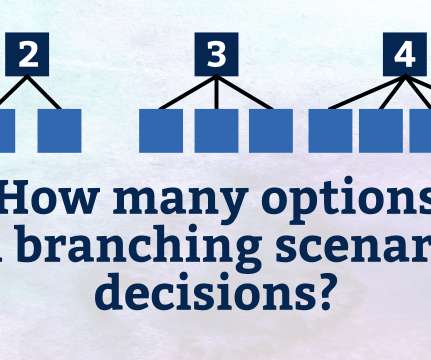Summary of a Literture Review on The Effectiveness of Instructional Games by Robert Hays
Kapp Notes
JANUARY 14, 2013
In 2005, Robert T. Hays, of the Naval Air Warfare Center Training Systems Division published the results of an extensive literature review on games for instruction. It is an expansive look at the literature on the effectiveness of games for learning up until the year 2005. support the instructional objectives. situations.











































Let's personalize your content